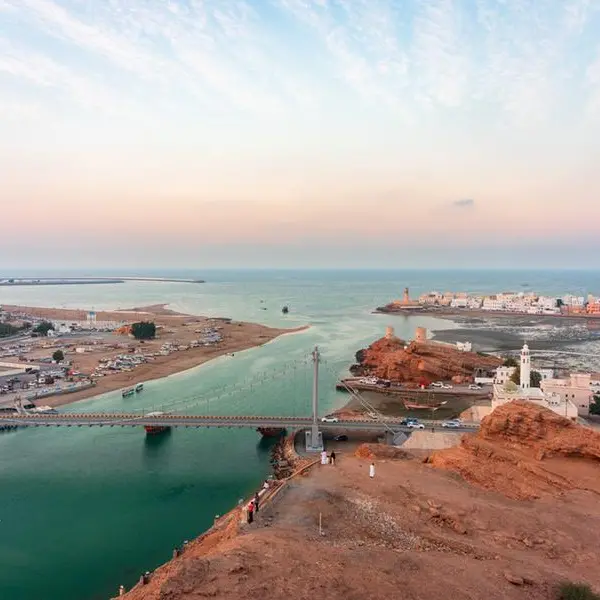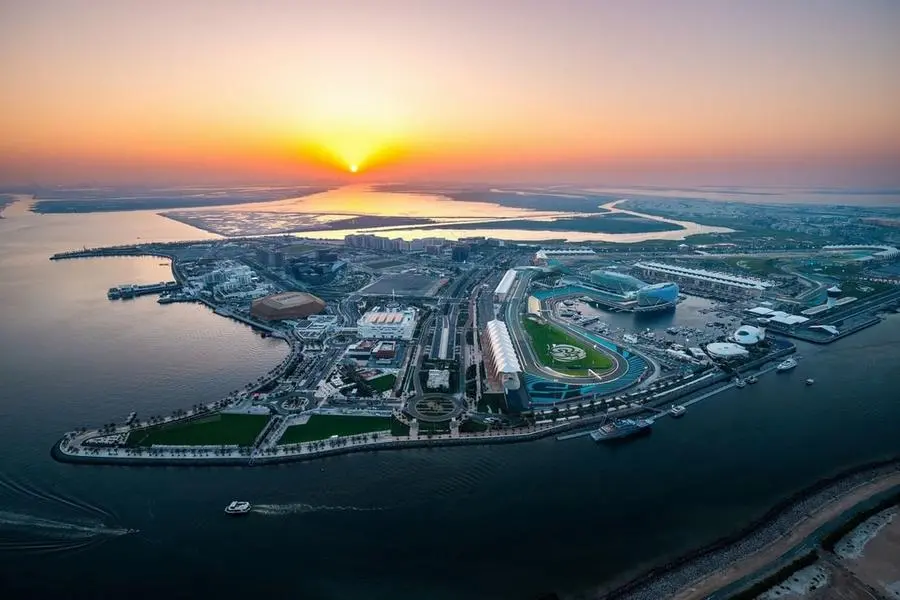PHOTO
Hydrogen tank, solar panel and windmills on blue sky background. Getty Images Image used for illustrative purpose.
As the buzz around green hydrogen gets louder, experts are being sceptic on whether electrolysis capacity can be rapidly scaled up to meet green hydrogen demand, the key equipment that splits water to make hydrogen and accounts for about 45 percent of the system’s capital expenditure.
According to study published in Nature Energy, even if electrolysis capacity grows as fast as wind and solar power have done in the past, green hydrogen supply will remain scarce in the short term and uncertain in the long term.
Green hydrogen is likely to supply less than one percent of the energy demand in the European Union (EU) by 2030 and globally by 2035. But a breakthrough to higher shares of about 3.2–11.2 percent in the EU and 0.7–3.3 percent globally is more likely by 2040, the study found out.
“Both short-term scarcity and long-term uncertainty impede investment in hydrogen end uses and infrastructure, reducing green hydrogen’s potential and jeopardising climate targets,” the study said.
However, giving a ray of hope, it says “emergency-like policy measures could foster substantially higher growth rates, expediting the breakthrough and increasing the likelihood of future hydrogen availability”.
Another research paper by Rethink Energy said about 100 gigawatts (GW) of electroysis capacity per year will be needed to meet hydrogen demand. In comparison the world’s total installed capacity is just 300 megawatts (MW) and the total production capacity sat at just 2 GW globally in 2020.
“A herculean effort will be required to build enough factories to support such a build out – but the market leaders are ready. Nearly 40 GW of electrolysers are set to be installed in the next five years alone. At the current rate of announcements, developments will keep pace with electrolyser demand over the next 10 years,” the paper said.
Electrolyser factories can be built in two-three years and at the current rate of announcements capacity build up will keep pace with electrolyser demand over the next 10 years, Rethink Energy predicted.
“New plants, with a combined capacity of around 12 GW per year, will have to be announced and added every year between 2026 and 2032, and around $6 billion will have to be invested in the construction of these new factories”, as per Rethink Energy research.
(Writing by Sowmya Sundar; Editing by Anoop Menon)























